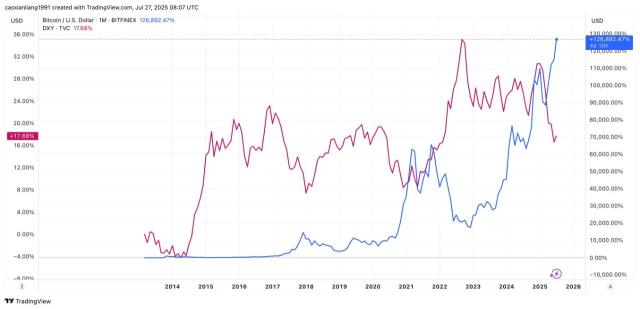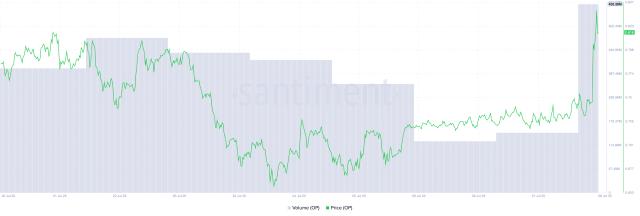Nick Timiraos, a Wall Street Journal reporter often seen as a mouthpiece for the Federal Reserve, pointed out today that internal opinions at the Fed are divided on rate cuts, making it impossible to discuss specific measures for August this week, essentially predicting they will assess the situation in September.
Timiraos mentioned that before this week's Fed resolution, Washington and Silicon Valley are watching when this global economic "super tanker" will change course. The timing of rate cuts, originally a technical issue, has now been pushed to the political forefront by President Trump's tariffs and public pressure.
Three Factions, Interest Rate Direction Divided
The Fed's internal factions are divided into wait-and-see, immediate rate cut, and inflation-wary groups, with disagreements mainly focusing on the intensity of tariffs' impact on inflation and labor market concerns.
Mary Daly, representing the wait-and-see group and president of the San Francisco Fed, emphasized that premature action could again push up prices, but long-term high interest rates would also compress employment. She warned, "You can't wait forever," but advocates observing data for two more months.
The immediate rate cut group is led by governors Christopher Waller and Michelle Bowman. Waller noted that tariffs are a one-time shock, saying, "If we're waiting until September to cut rates, what are we waiting for? Do it now." He believes the headline unemployment rate masks weak private sector hiring and advocates a preemptive approach.
The inflation-wary group is led by Raphael Bostic, president of the Atlanta Fed. Bostic is concerned about unresolved "pipeline" price pressures, with tariff news extending price anxiety, and wants to see more obvious weakness before easing rates.
Political Noise Beyond Data
Timiraos also mentioned that Trump's public criticism of Powell, even inspecting Fed office renovations, has brought independence issues to the surface. White House advisors criticizing spending waste have amplified market doubts about policy being politically hijacked.
Robert Kaplan, former Dallas Fed president, used the "super tanker" metaphor for the Fed:
"If you make a decision that's a meeting or two late, that's a tactical issue that's controllable."
For him, the real risk is repeating the 2021-22 inflation spiral, not a brief delay.
Former policy chief William English similarly reminded that the ultimate test is in "communication and politics". Even if rate cuts have limited impact on inflation or unemployment in the coming months, tone and timing can still shake financial markets.
Market Bet: Will September See a Rate Cut?
Rate cut probability has become a real-time betting pool for traders. According to Goldman Sachs' prediction, the September rate cut probability is "slightly over" 50%, reflecting some investors' belief that tariff impact is manageable and economic momentum is slowing.
However, the Fed is more concerned with two key data sets: whether inflation trends will rebound due to tariffs, and if the labor market continues to soften. If summer price pressures accumulate and employment remains strong, the wait-and-see and inflation-wary groups will gain weight; if inflation moderately declines and employment weakens, the immediate rate cut group's momentum may increase.
Super Tanker's Risk Management
The three-way division highlights the complexity of decision-making: premature rate cuts might reignite prices, while delaying could suppress growth. Facing the double-edged tariffs and ubiquitous political noise, Powell's team must balance maintaining independence and avoiding policy misjudgments.
Whether this week's meeting maintains rates or signals a potential cut, the real test lies in subsequent communication: how to make the market believe this "super tanker" still holds the steering wheel, not swayed by short-term political winds. Global capital markets will vote with prices, and the economy will validate decisions through growth and employment data.
Ultimately, the rate cut timing might only differ by a quarter, but its impact on the Fed's reputation and US asset valuation could last for years. The world now awaits Washington's next statement.








